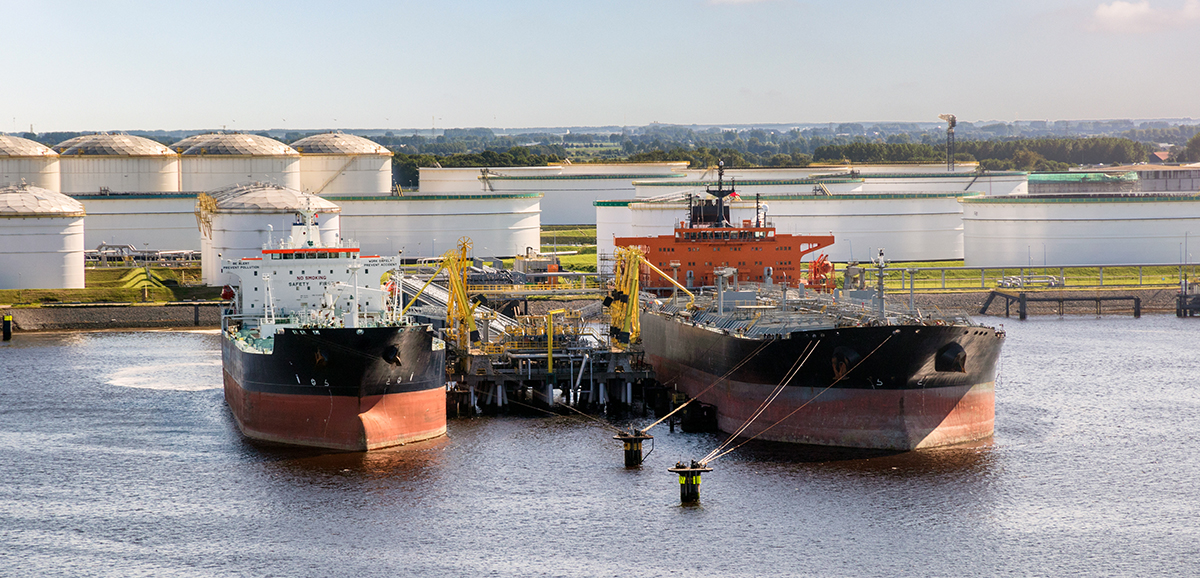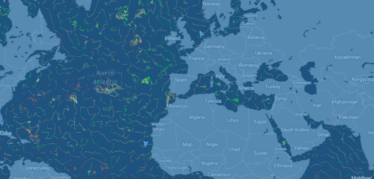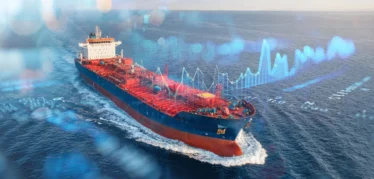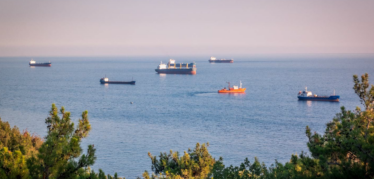The seaborne supply chain is vast, complex, demanding, and critically important to the world’s producers of bulk commodities. Because 90% of the world’s products move over the ocean at some point in their lifecycle, properly managing the marine movement of cargoes is directly connected to the long-term success of a company’s global supply chain. Unfortunately, the marine modality has a history of poor visibility and control that compounds its inherent operational nuances. From generic, multi-modal systems that can’t meet marine-specific demands to unwieldy spreadsheets that hinder continuity, standardization, and agility, many tonnage charterers are not equipped with the tools they need to navigate their seaborne supply chains with complete visibility and control. The result of sub-optimal systems is often outsized marine supply chain costs, difficulty meeting evolving business requirements, or a combination of the two.
What does it take for tonnage charterers to transform their marine modality into the most visible and optimized link in their global supply chain? To answer this question, we recently hosted an insightful webinar, “Strengthening the Seaborne Supply Chain.” To view the webinar on-demand, click here. In the meantime, here are some key takeaways from the webinar.
1) Supply chain visibility is a global priority.
Global supply chain complexity is at an all-time high. In fact, nearly three-quarters of all global companies use four or more modes of transportation to move goods along their supply chain. As the number of modes increases, so too does the difficulty of maintaining complete visibility and control over costs and cargoes.
The good news is that a digital revolution is rising to meet the challenges presented by an increasingly complex global supply chain. Across all modalities, increasing supply chain visibility is recognized as one of the top strategic priorities for global companies. This technology-enabled visibility produces a wealth of benefits, including closer collaborations with partners, better risk anticipation, enhanced flexibility, greater control over processes, improved customer satisfaction, and, ultimately, lower supply chain costs.
2) The marine modality is highly specialized.
Despite a global focus on technology-enabled visibility, research suggests the seaborne supply chain is still mostly opaque. The reason? The marine modality is highly specialized in several ways. First, consider the sheer scale of marine voyages and capacities. The Chinamax class carrier, for instance, can support up to 400,000 DWT, and it may be at sea for anywhere from 10-to-50 days on a single voyage. It can be challenging to maintain complete visibility and control over massive cargo volumes from afar, particularly over an extended period of time.
But scale isn’t the only nuance that makes seaborne supply chain management uniquely challenging. The marine modality is rife with complexities that stem from its unique workflows—from costly demurrage to shifting weather patterns, outsized market volatility, complicated regulatory compliance, and cargo-specific requirements. All of these realities have a significant cost impact, which must be carefully managed.
3) A specialized solution can transform your marine modality.
The scale and complexity of the marine modality are impossible to address via a generic, multi-modal supply chain technology. Instead, each challenge requires a solution designed for the seaborne supply chain’s unique requirements, stakeholders, and processes.
In their search for an ideal solution, tonnage charterers should look for several key characteristics, including marine-specific workflows, user-centered workspaces, a track record of success, robust upstream and downstream integrations, and expertise on both sides of the marine contract. All of these are indicators that a solution—and the partner delivering that solution—are capable of transforming your marine modality into the most efficient and effective link in your global supply chain.
Strengthen Your Seaborne Supply Chain with the Veson IMOS Platform
As a dynamic platform for the commercial management of marine cargo and fleets, the Veson IMOS Platform (VIP) empowers the world’s tonnage charterers with the data and tools needed to work with greater efficiency and make data-driven decisions about their marine modality. VIP pairs proven business logic with an agile, cloud-based architecture that supports the global accessibility, advanced data sharing, and the seamless integration required by today’s enterprises. To discover how VIP can strengthen your seaborne supply chain, watch the on-demand webinar using the link below.



 Aidan Williams
Aidan Williams
 Antoine Grisay
Antoine Grisay
 Josh Luby
Josh Luby